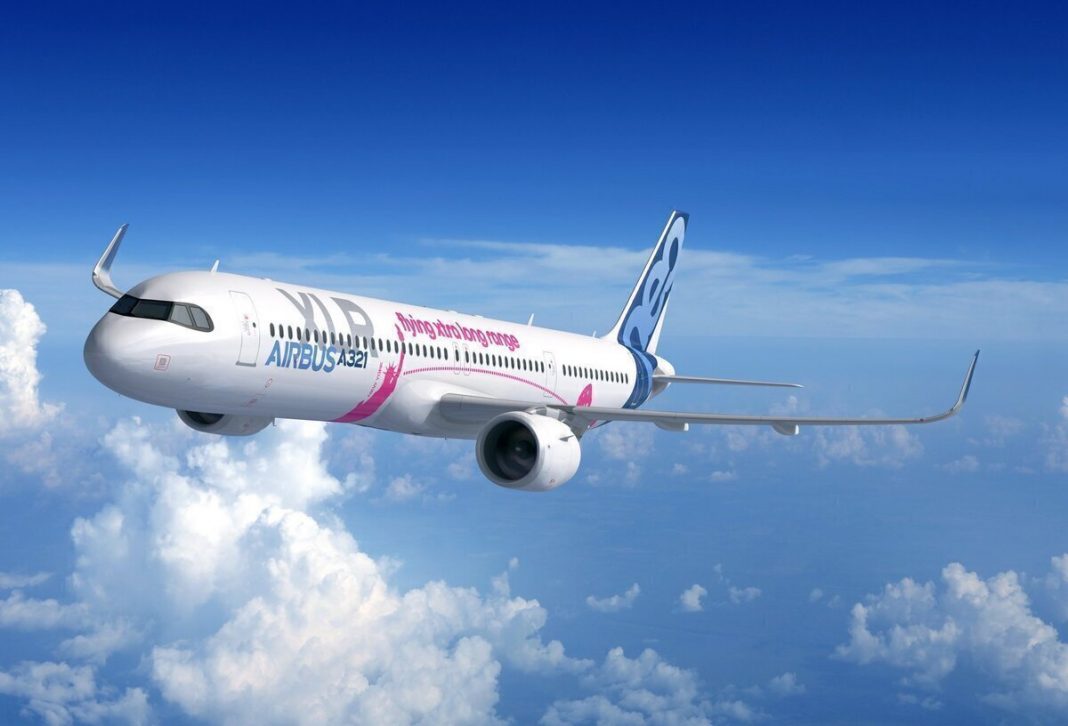The new Airbus A321XLR promises a lot. But there remains a question over how passengers will respond to longer flights on narrowbody aircraft. Flight crew as well will suffer, with less space and lack of dedicated rest areas. It is one more thing set to change in the new long-haul.

Introducing the A321XLR
The A321XLR is likely to be one of the biggest game-changers in the evolution of long-haul flying. This is an efficient narrowbody aircraft, with a capacity between 175 and 244, depending on the configuration.
It is currently expected to enter service by 2023, with production expected to begin in June 2021. So far, over 450 A321XLR planes have been ordered by 22 airlines and two leasing companies.
The major difference comes with the range. The A321XLR will offer a range of up to 8,700 kilometers. This will not only offer easy transatlantic flights but also routes such as South Asia to Europe, the Middle East to South Africa, or the southern US to Argentina and Chile. With flight times as long as 9 to 10 hours, this is moving well into the domain of widebody aircraft.
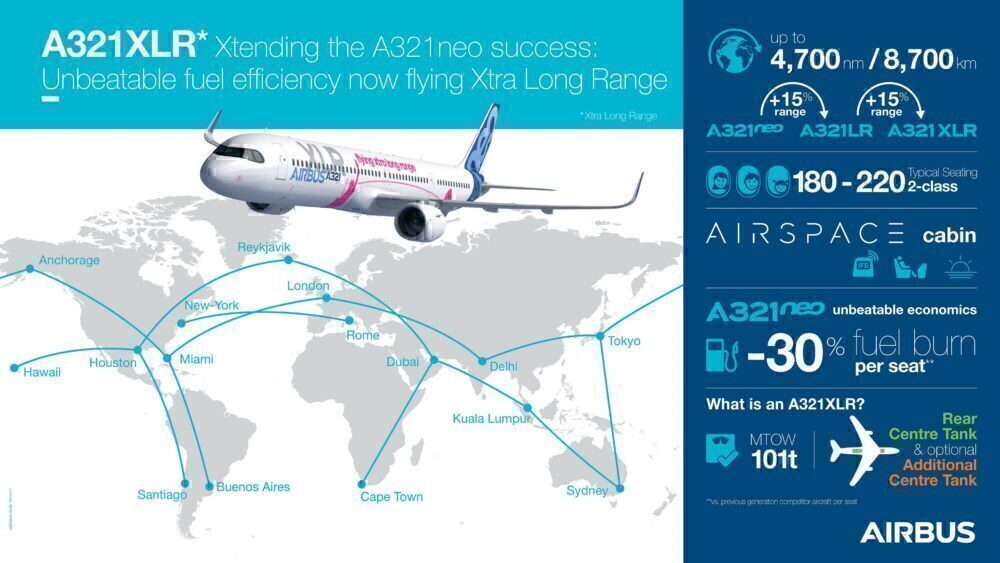
Less rest space onboard for crew rest
However the aircraft is configured, the simple fact is there is less space than on a widebody aircraft. The crew will find a smaller galley and common areas offer less space for them, both to work and rest during flights.
Critically, there will be no designated space for crew rest. It is likely (but not guaranteed) that airlines will leave some seats free on longer flights to allow for crew rest. But a row of seats at the back of the economy section is a far cry from the separate crew rest cabins and beds seen on many long-haul aircraft. Simple Flying took a look inside this space on the Qantas A380.
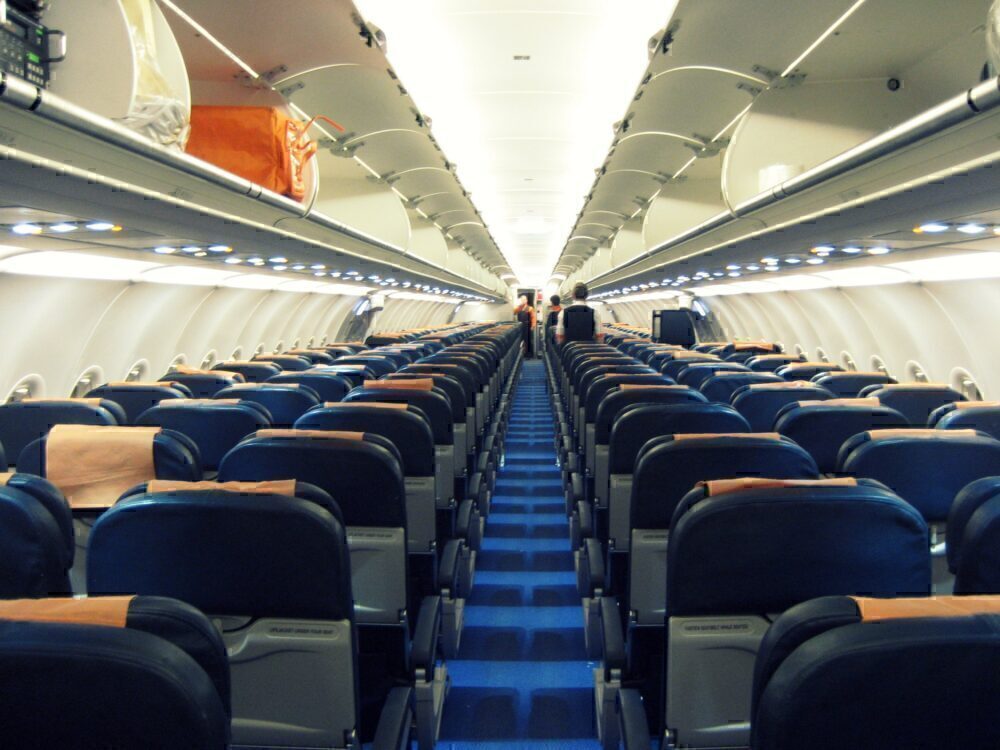
Both the FAA and European EASA have regulations for crew rests. The fact that pilots on many widebodies have a separate room with a bed to rest is not just the airlines’ generosity; it is actually mandated by FAA regulations for the longest flights. Unfortunately for the A321XLR crew, airlines can most likely avoid this with the flight lengths expected.

One small advantage (from the crew’s point of view) will be less crew to have to share rest space. The A321XLR could operate with five or six crew. Whereas a widebody 787 has a minimum of eight and more like 21 on the A380.
Space will effect passengers too
Passengers could also suffer with dense seating, a single aisle, and less galley and aisle space to stretch and wait for bathrooms.
Airbus is making some attempts to compensate for the smaller space and potential claustrophobic feelings with an ‘Airspace’ cabin with mood lighting. This may help passengers on occasional flights but won’t make much difference for busy flight crew on repeated sectors.
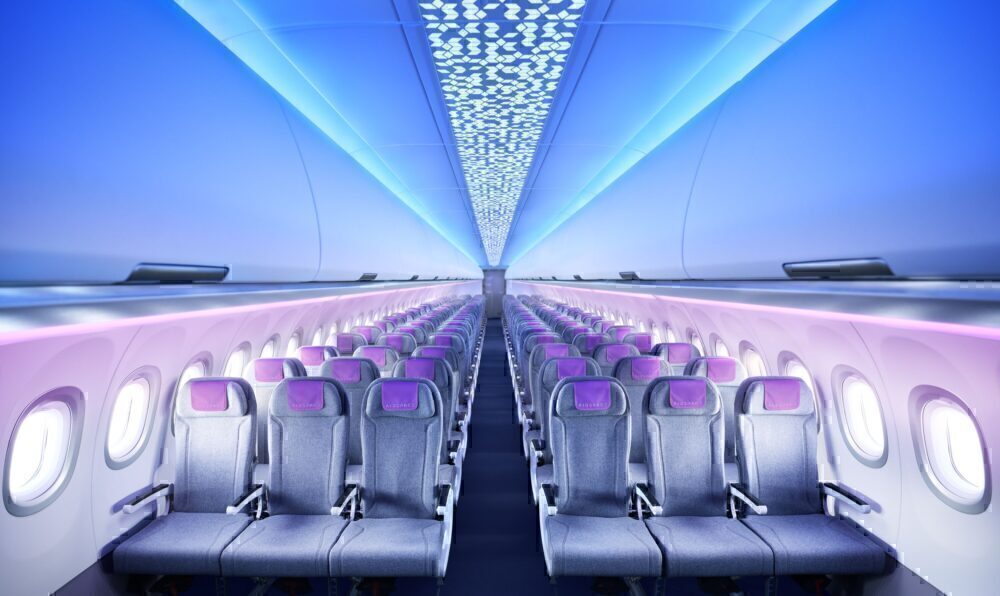
There are also plans to offer a new business class. We have already seen business class seating being introduced on narrowbody aircraft, and another new version is being designed by STELIA Aerospace. While this is obviously better than standard seating, it is a long way from the spacious suites and privacy being introduced on many widebody aircraft these days. It is also doubtful that any airline would block such business seating for cabin crew use, although it may help pilots.
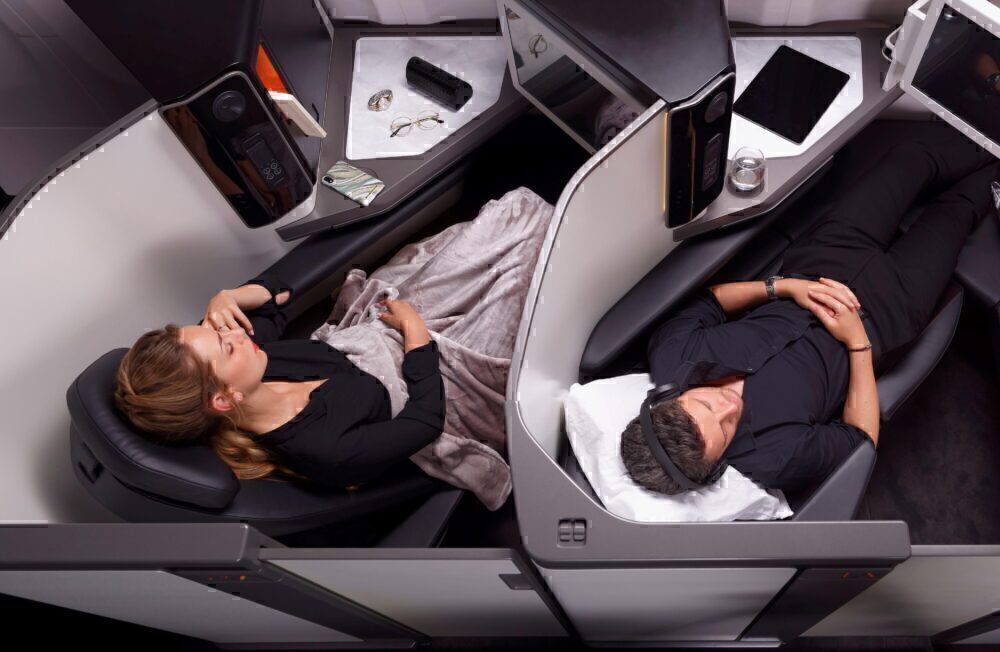
Long-haul with narrowbodies is expanding
The A321XLR is not the only narrowbody entering the long-haul market. The Boeing 737 MAX and Airbus A220 also offer possibilities and have the same passenger and crew shortcoming.
And as the concept of more efficient narrowbodies operating longer distances takes off, we will likely see more developments. Perhaps some of these will cater better for crew and passenger comforts. And if flights get even longer, then regulations may mean more space has to be provided. But at least with the first aircraft in this market, it could be an uncomfortable beginning.
Would you like to share any thoughts on the A321XLR and its onboard comforts for crew or passengers? Let us know in the comments.
[ad_2]
Source link
